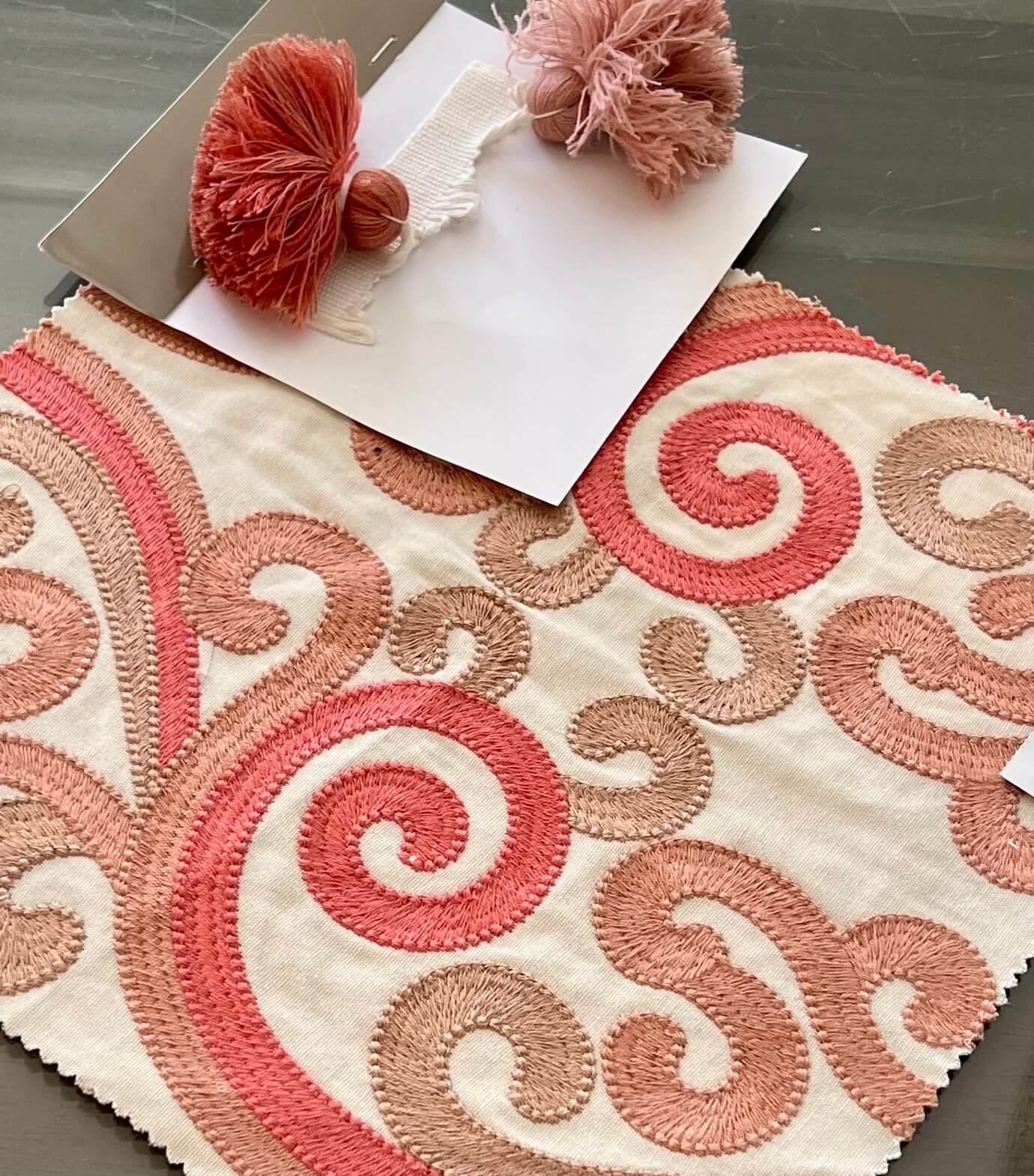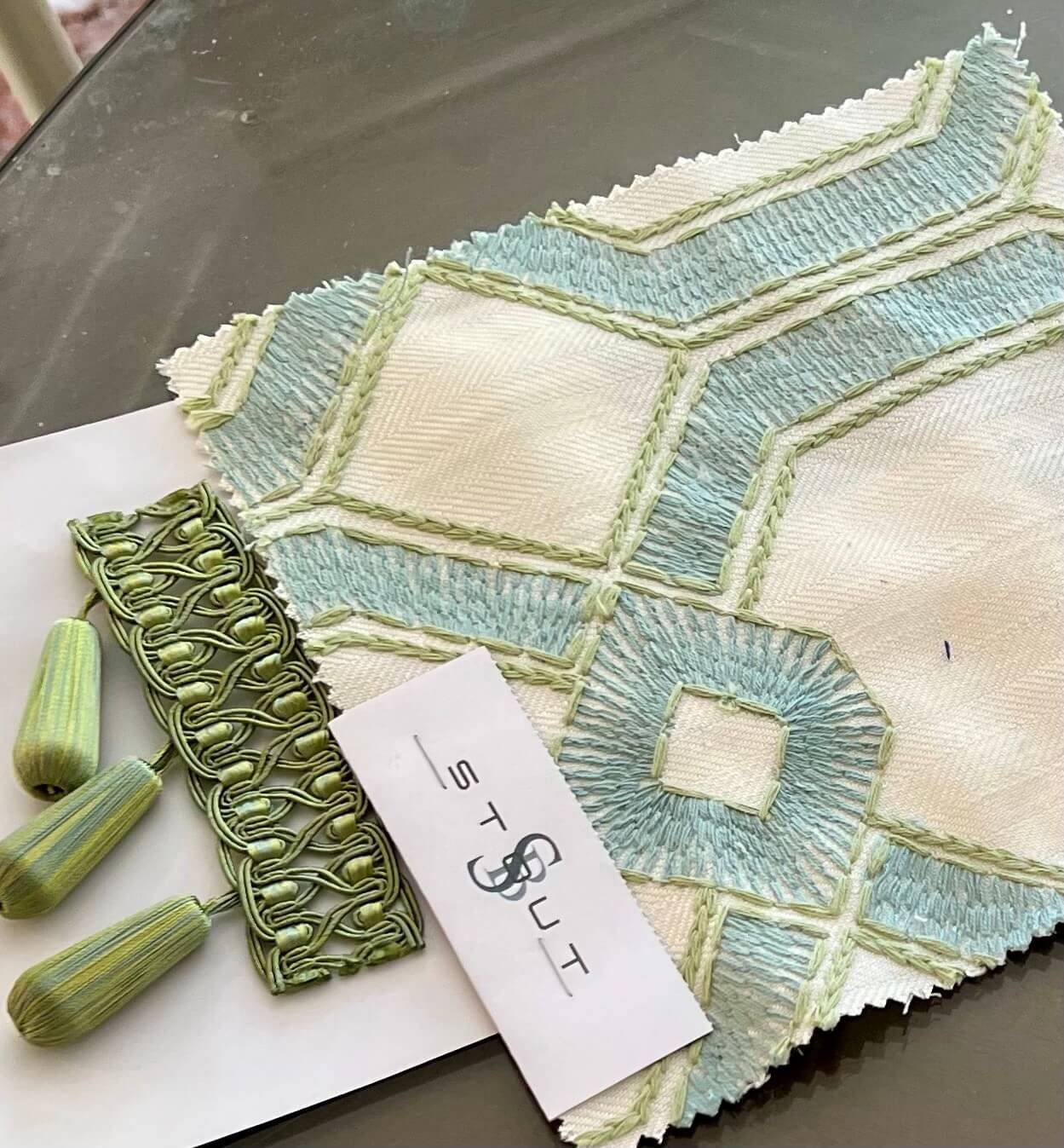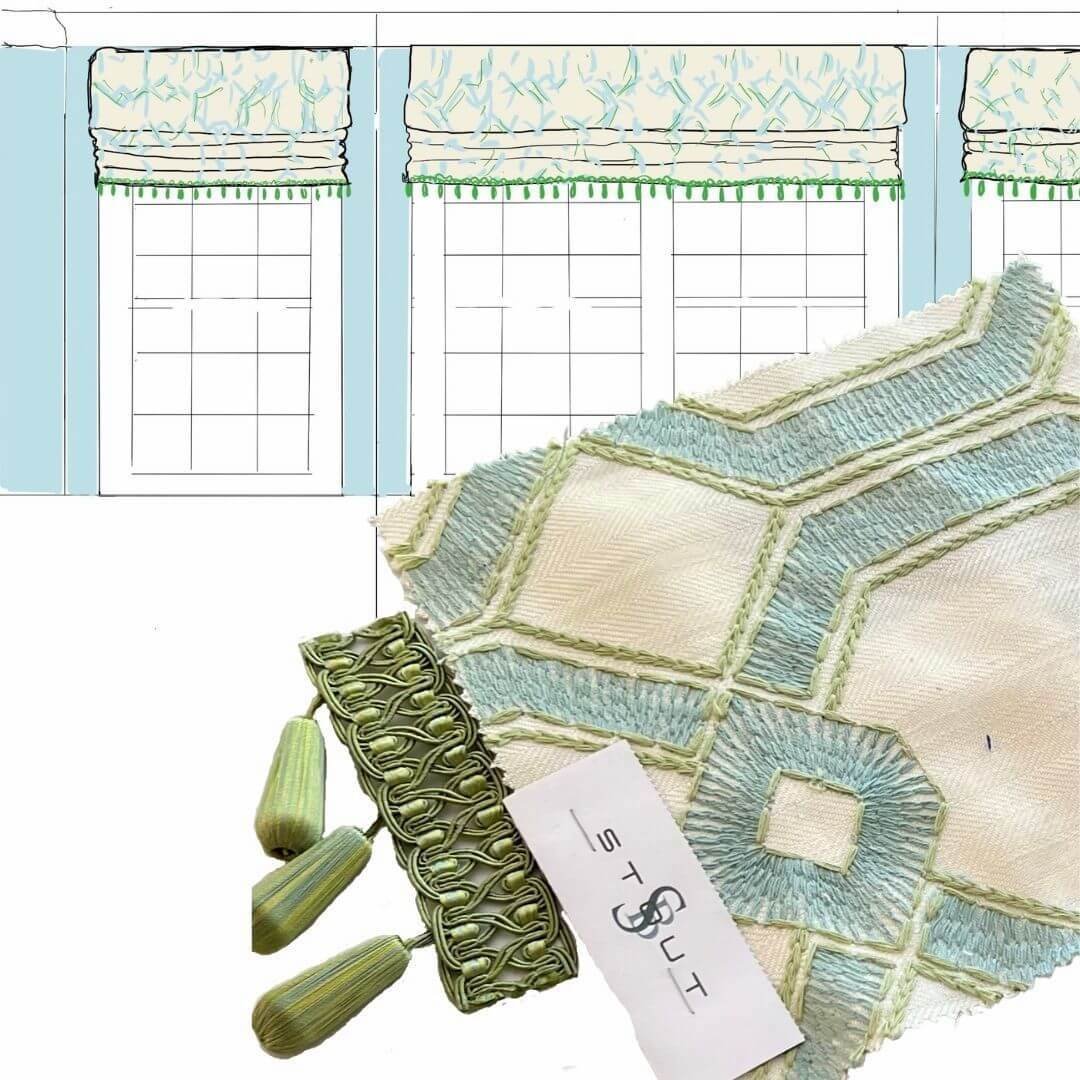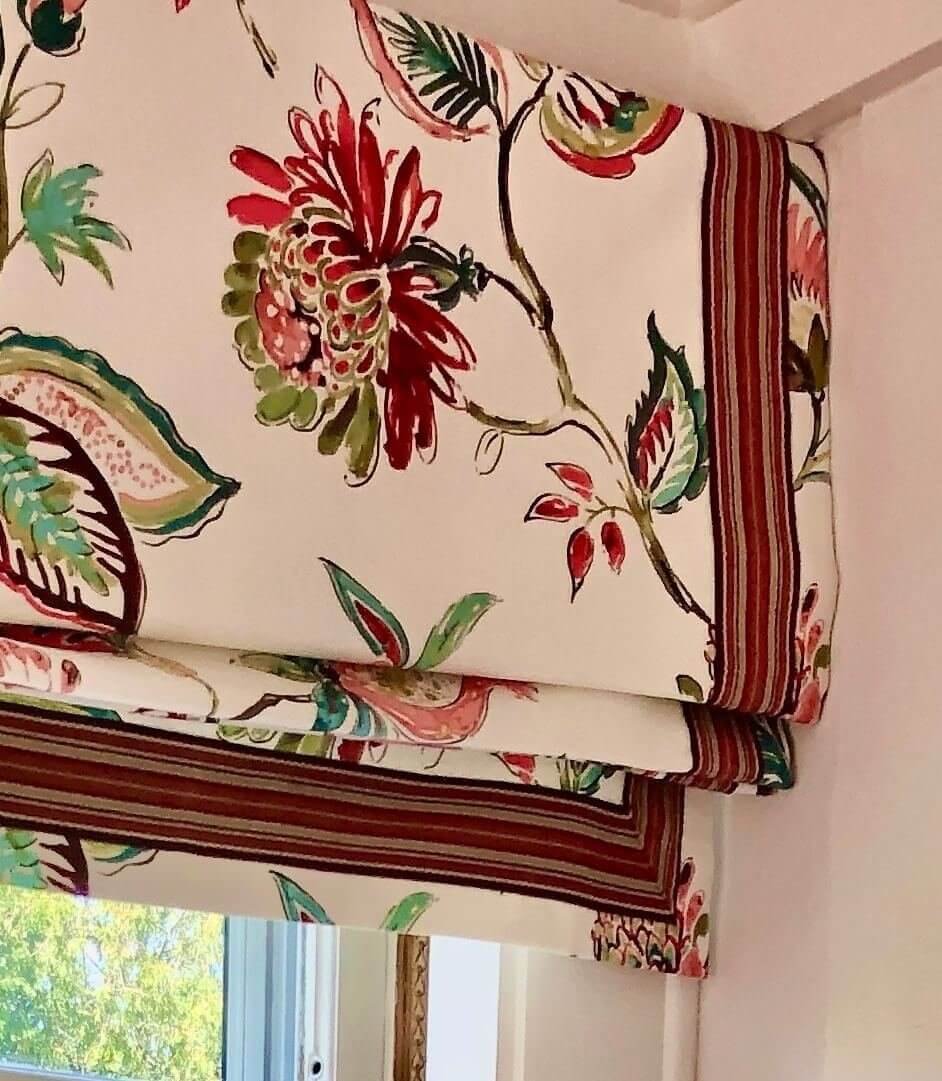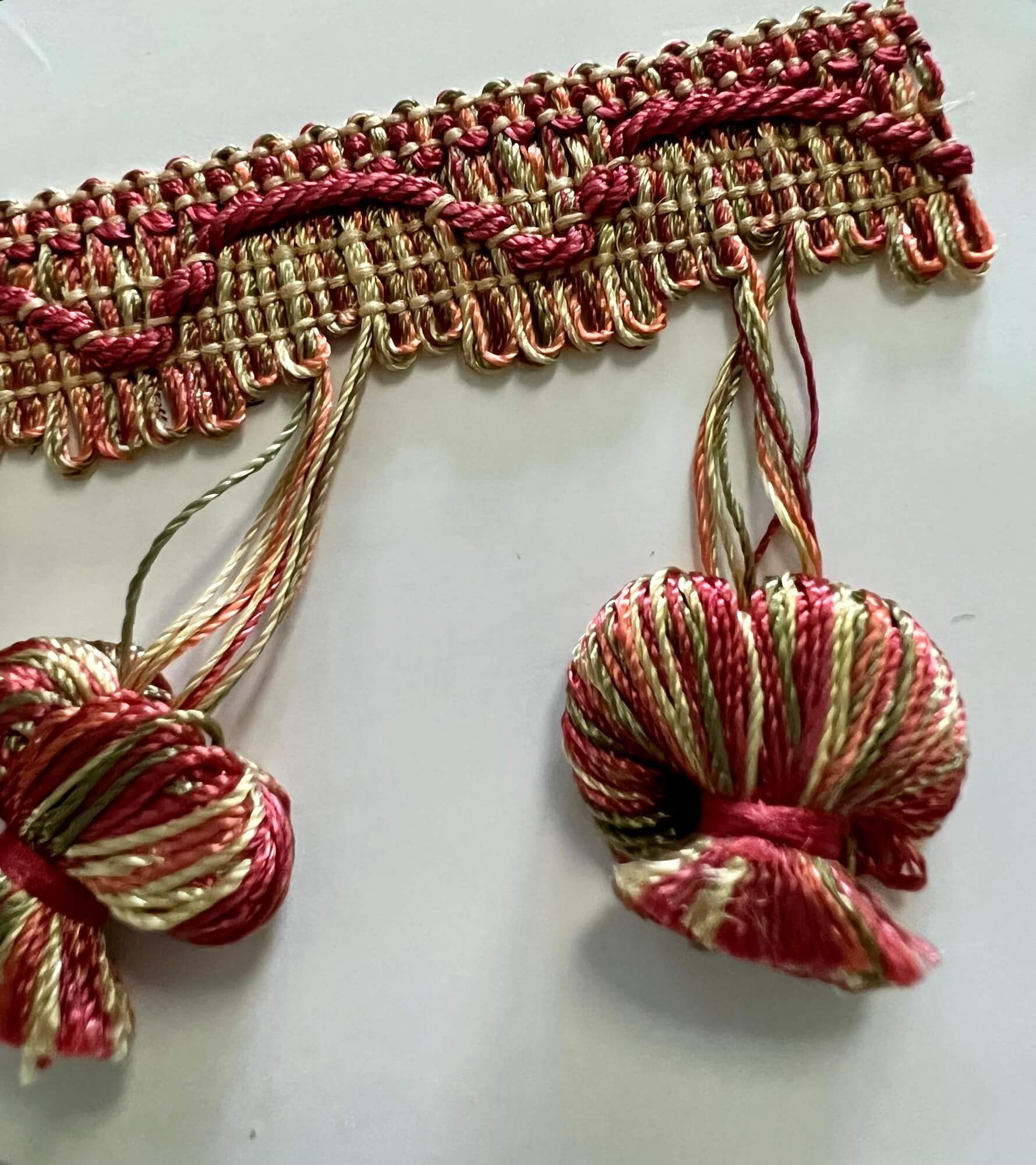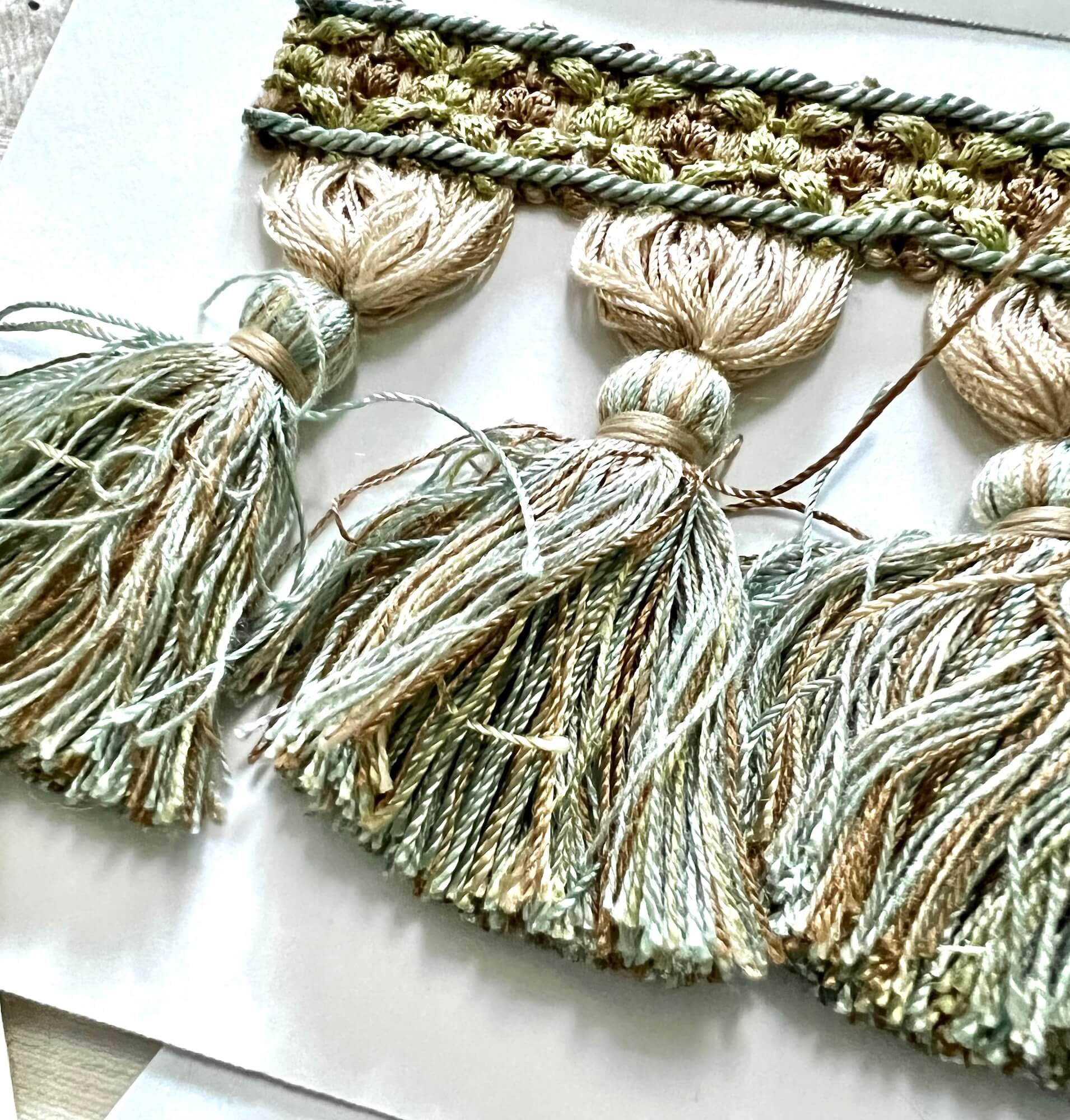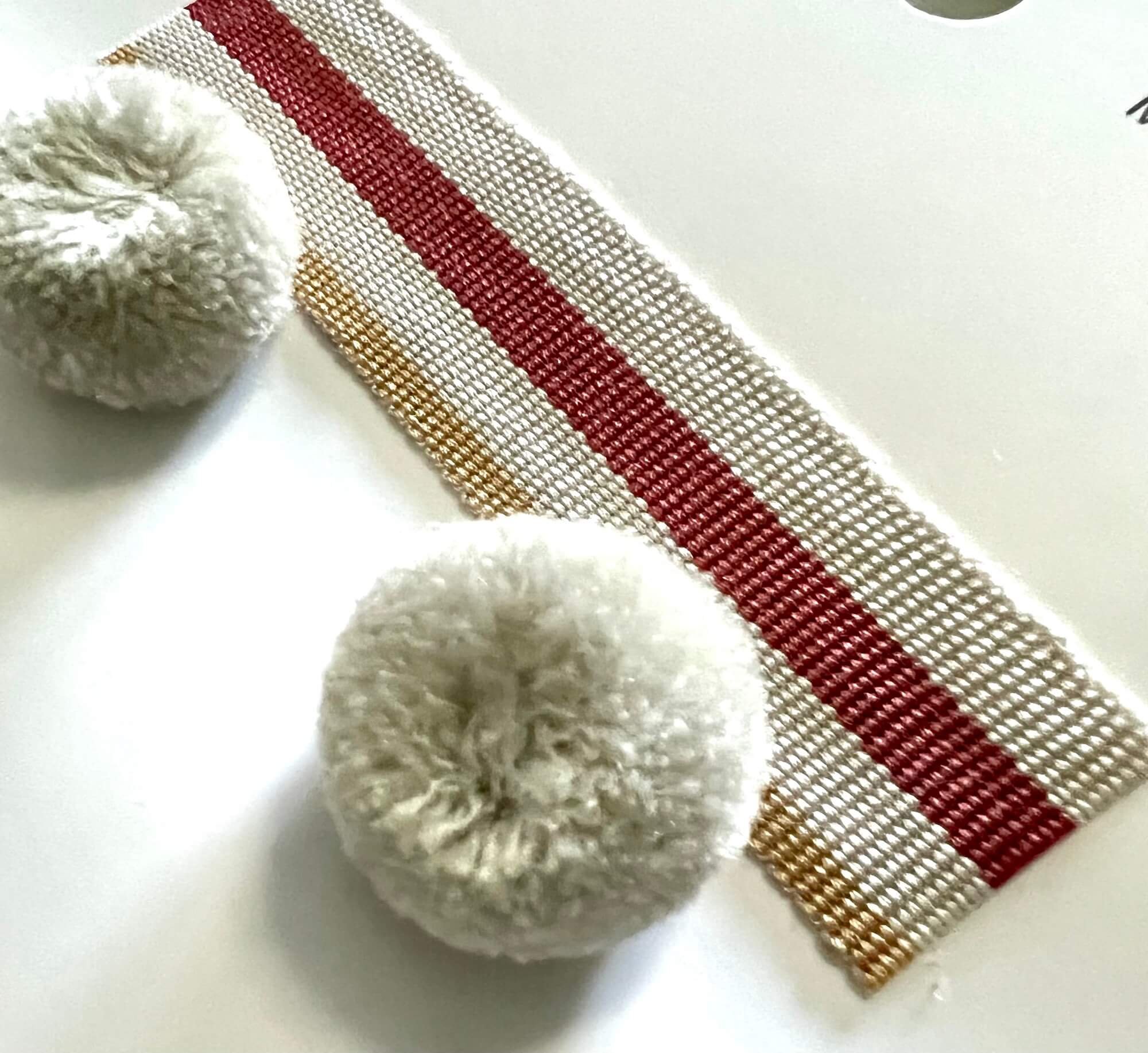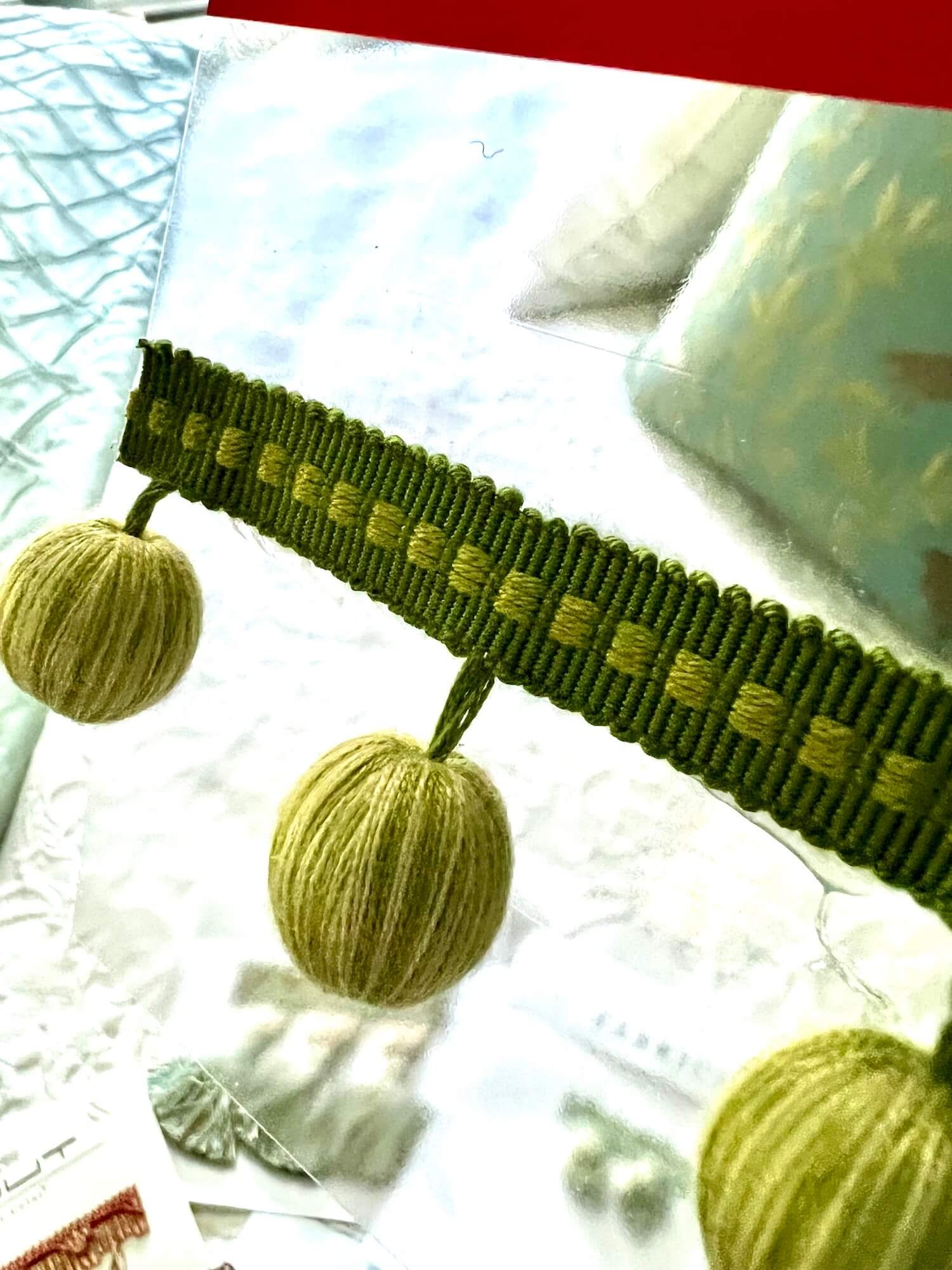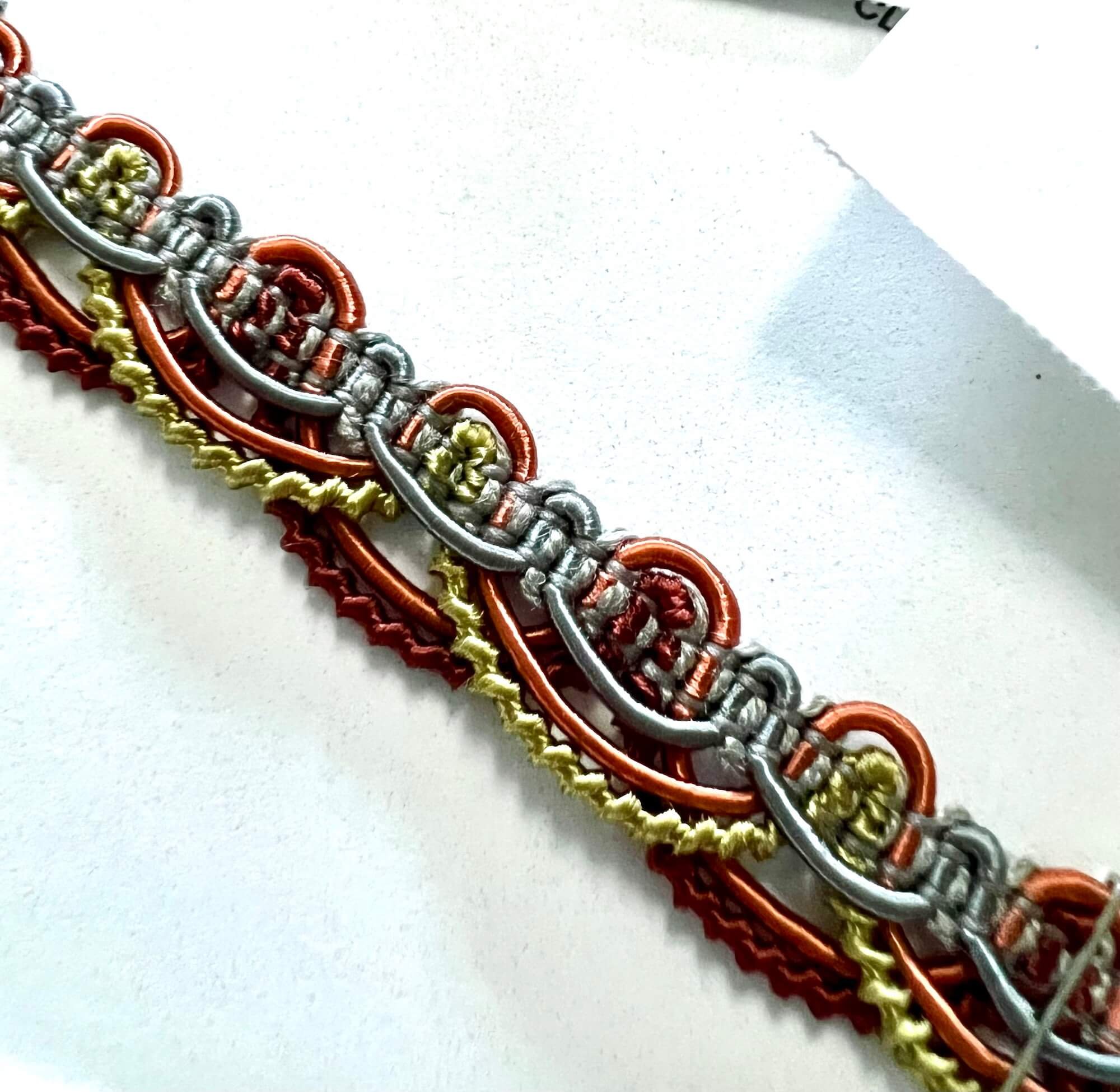Window treatments; should you bother with them? If you know me at all, you know I adore window treatments.
SO my short answer is a resounding YES!! I have had clients who didn’t see the need and had never bothered with them before but were TOTALLY won over when their new curtains were installed.
Nothing makes a room feel complete like window treatments. They are absolutely transformative whether they are framing a view, adding softness or pattern and sound absorption, or functional for privacy and light control…or all of those things!
Window treatments help define the style and mood of a room. They help tell the visual story. Do you want chic, elegant, pretty, glamorous, playful, cozy, airy, or dramatic? Your window treatments can set the tone.
I’ve written various posts about window treatments over the years, and most of them are linked here (just click on the highlighted text)
I am a snob about a select number of things…beautiful bedding, and bespoke window treatments are among them. Once you have experienced custom window treatments, everything else pales in comparison.
While working on the window treatments for a breakfast room project, we were choosing between these two options for the Roman shade valances and trim.
This is the one we settled on and the sketch of how it will be hung. Much more detailed information goes to the workroom.
And here are the finished valances hung almost 12” above the window casing in this beautiful breakfast room. The height highlights the gracious generous ceiling height in the room and makes the window appear taller and more elegantly proportioned.
The process for creating bespoke window treatments goes like this:
Design the most appropriate style of window treatment for the space
Curate the ingredients (fabrics, trims, linings, hardware) and obtain samples; check that there is sufficient stock available and that it is all from the same dye lot
Measure the window(s) and surrounding area
Draw up a scaled sketch with measurements and details to obtain quotes from all fabricators and workrooms
Create a proposal for client approval
Generate work orders for the drapery workroom and hardware fabricator
Place orders for the various pieces with cuttings for approval for the textiles to be sure what is shipped will be exactly as expected
Approve cuttings and release orders to shipping
Check in with workroom once fabric has arrived to review pattern placement and any other details
Schedule installer
Receive and inspect finished treatments and hardware
Supervise installation
It’s a bit like giving birth in that it is a LOT of work (it’s called labor for a reason!), but the result is totally worth it!
I have made custom window treatments for myself in the distant past, which has given me a good understanding of the process, but nothing compares to the quality of treatments from a good drapery workroom. They have the right tools and expertise to make them perfectly. I, most assuredly, do not!
The ability to choose exactly the right fabrics and trims for bespoke window treatments makes everything come together into a harmonious whole for a finished room that is greater than the sum of its parts!
an ivory embroidered floral drapery fabric was the starting point for this selection of textiles for a great room space
Some of the hallmarks of bespoke window treatments are:
Perfectly matched patterns
When using a patterned fabric, quality curtains and shades will be perfectly pattern matched at any seams, of course, but also from panel to panel and window to window so that the pattern starts in the same place every time.
With additional yardage, vertical striped patterns can even be carefully engineered to match pleat to pleat.
Generous size
Not only do we like to hang window treatments above the windows to add visual height, we also like to extend panel treatments beyond the sides of the windows for additional width. This eye opening illustration shows the difference!
Ready-made panels come in limited sizes and most are on the skimpy side, width-wise, whereas for custom pleated panels we often use extra width to keep them looking proportionally appropriate to the width of the window. The taller the panel, the more anemic they will look if they are too skimpy.
If you are using ready-made panels, you may want to buy extras and sew them together to get a more generous look. We talked HERE about ready-made window treatments and what to look for if using them.
And please, please, please, NO floodwater curtains that don’t reach the floor. Windowsill length cafe curtains might be appropriate for a cottage look in certain instances where there is a counter or built-in below the window, but most windows call for full length panels, or some sort of valance or shade type treatment. That no-mans-land between the sill and the floor is not ever a place a curtain hem should be.
Lining
A secret of gorgeous custom window treatments is in the lining. The fabric that shows - what we refer to as the “face fabric” - is important, to be sure, but the thing that makes custom draperies look and feel luxurious is the lining layers.
We almost always specify both lining, for the back side, and interlining, a layer that goes between the front and lining layers to add softness and heft.
Interlining is available in a variety of weights, and what we use depends on the other fabrics and the style of the window treatment. For very luxurious taffeta “ballgown” panels, we might use a heavy blanket weight bump cloth,, and call for weights sewn into the hems.
For tailored valances where crisp folds are called for we might use a lighter weight flannel interlining.
blue floral embroidered white fabric for drapery panels with curated upholstery and accent fabrics for a primary bedroom suite
Bedroom by JRL Interiors. More from this project HERE
Dressmaker details
I have always been a sucker for beautiful trim as shown HERE, and it is often a finishing touch we choose when designing a custom window treatment. Tape trim, covered buttons, tassel trim, fringe, or cord trim are just some of the hundreds of options.
Other details that can be added are shaped hems or edges, inset contrast welting or banding, and specialty pleated headers. A chart of curtain header styles can be found HERE.
All of these are details that can add personality to your custom window treatments and elevate the whole design to something extraordinary.
Bright coral wooden bead trim is the PERFECT detail for this ticking striped shade in a stunning powder room. Design: JRL Interiors. More of this powder room HERE
Bespoke drapery hardware
While tailored treatments like shades and valances should be mounted on fabric covered boards to look finished , hang right, and function properly, panels need rods.
Custom hardware is a gorgeous finish to a bespoke window treatment - like the jewelry for an outfit. There are so many different kinds and styles and finishes of hardware which we talked about here. But the biggest difference in custom hardware, aside from the breathtaking number of options, is that it is made to measure whereas hardware from a retailer is adjustable to a range of sizes resulting in a number of visual and functional problems. If retail rods are what you need to use, we’ve offered some work-around solutions here.
Roman approves of this gorgeous lucite and brass custom drapery hardware
Professional Installation
Professionally installed hardware and window treatments are hung, dressed, steamed and trained so they hang perfectly. Returns are tacked back to the wall, working mechanisms are checked for ease of operation and tweaked if needed. A great installer is worth their weight in gold (mine is THE best - you can see him in action here )




